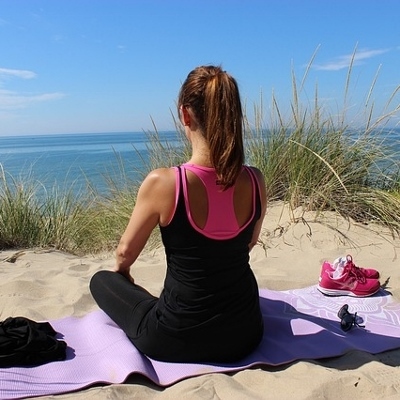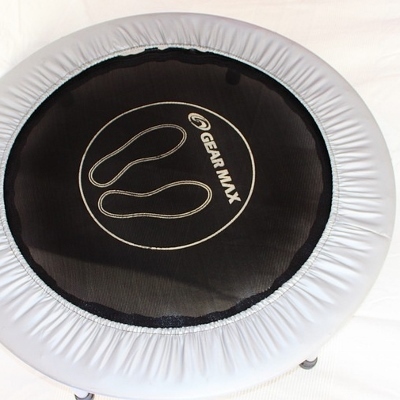 Never having seen the event before, I was impressed and awe-struck by Olympic weightlifting. These people can lift up to 3 times my weight, to say the least!
Never having seen the event before, I was impressed and awe-struck by Olympic weightlifting. These people can lift up to 3 times my weight, to say the least!
Inferences that competitors receive chemical assistance aside, one commentator drew my attention with her constant references to a lifter “getting deep into the squat and getting her hips right under it,†though I still don’t understand how they come up with descriptions like that.
Indeed, in the context of strength training, squats are generally considered the best exercise for the lower body. The squat that you usually see performed at the gym is the back/basic barbell squat, where the bar rests on the shoulders, and from a standing position, you bend until your hips are lower than the knees before standing up straight again. Done correctly, the movement uses more lower-body muscles than other routines.
Admittedly, the basic squat looks ungainly. As an alternative, try doing a Zercher squat. Named for the 1930’s strongman, this squat means you can’t cite shoulder aches as a reason not to work out anymore. With hands at approximately shoulder height, the lifter cradles the bar in the crook of the elbows and squats as usual. This variation places stress on the abdominals and mid-back muscles. Needless to say, a squat rack should be used if you intend to work out with (much) heavier weights.
The front squat, frequently used by competitive lifters, is another alternative to the basic squat. Instead of on the shoulders, a front squat entails resting the bar on the collarbones and holding the elbows high so that the bar doesn’t roll down your arms. An advantage the front squat enjoys over the basic squat is that the former permits a lifter to perform a much deeper squat. The quadriceps and abdominal muscles have to work harder, while pressure on the hamstrings and lower back is reduced somewhat.
Named for the people who practice it most frequently, the cyclist squat can be performed with the bar in a front or back squat position. The difference is that you rest your heels on a wedge-shaped block and that your feet are less than shoulder-width apart. While its proponents swear by it, the squat is also maligned as an exercise that guarantees injury; however, given that the act of squatting is commonplace in Asian countries (and with no adverse effects), it is more likely that injury occurs due to incorrect form and trying to exceed the body’s capabilities too soon. Thus, it is important to attain correct form first before attempting more repetitions and/or heavier loads.





